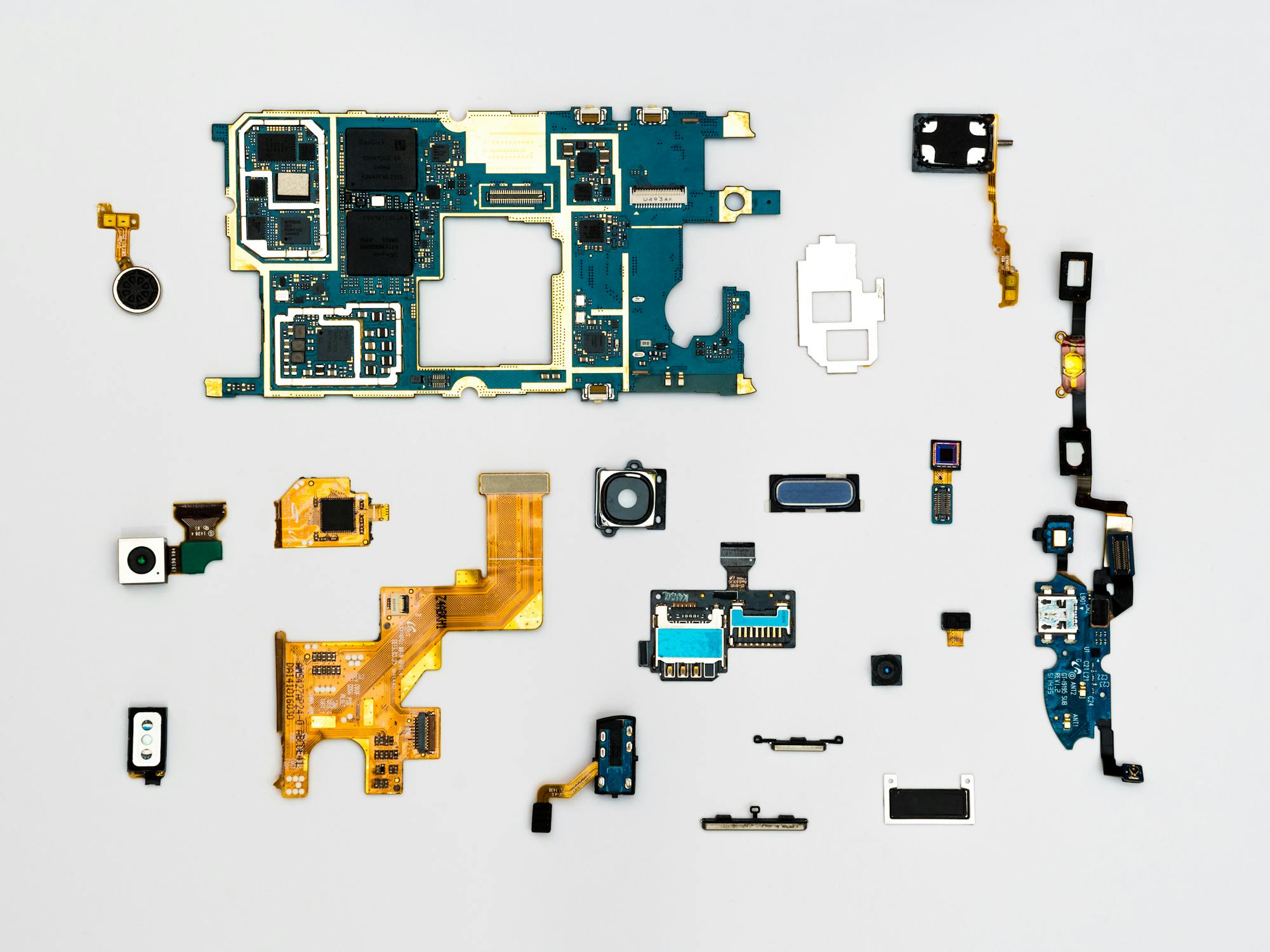
The Impact of Data on the Energy Industry

When it comes to data, the energy industry is similar to any other: data can provide clarity and insight in ways that were unachievable only a couple of decades ago. There is no limit to the metaphorical cracks that data can help us repair. It often highlights previously dimly lit—or unknown—issues hiding in the shadows. Data is doing just that in the energy industry in the most critical areas.
I'm sure all of us would love to be living in a renewable energy utopia, but the truth is, we still have a lot of work to do to get there. The good news is that in the last couple of decades, more considerable strides have been possible thanks to data collection, data analysis, and data-driven innovations.
Though IoT, smart grids, and data analysis are focusing increasingly on renewable energy, the entirety of the energy industry benefits from them.
The Role of Smart Grids
A smart grid is an energy grid with a layer of various technologies to improve overall operation, efficiency, and ease of troubleshooting, equipped with the superpowers that IoT devices can provide. If a data point can be sensed or tracked, a device is almost certainly already doing so.
The transformative potential of smart grids lies in their ability to harness the wealth of data generated by smart meters, IoT devices, and sensors. These devices serve as the sensory system for the grid, continuously collecting and transmitting data on power consumption, equipment performance, and environmental factors. Through advanced data analytics, smart grids extract valuable insights from this vast amount of information, enabling energy providers to optimize energy flow, detect anomalies, and predict demand patterns. They unlock a new level of efficiency, reliability, and sustainability in the energy industry, paving the way for a more interconnected and intelligent grid of the future.
Of the many benefits of smart grids, the most impactful are:
- Improved reliability
- Improved efficiency
- Improved security
- Earlier warning signs of infrastructure failure points
- Remote debugging
- More accurate billing
- Better handling of renewable energy's often variable source output
State Estimation and Forecasting
Predictive state estimation and forecasting are two of the most interesting and beneficial data uses for smart grids. Some of the latest research and implementations use data-driven approaches paired with machine learning (some even explore blockchain technologies). The result is real-time state estimation and forecasting, which allow smart grids to autocorrect faults and adapt to fluctuations.
This allows:
- Predictions of consumption price
- Power generation
- Future optimum scheduling
- Fault detection
- Detection of network intruders
Data-driven innovations
Data-driven innovations are not only transforming the way we generate and consume energy, but they're also revolutionizing the business models of energy companies. This evolution is evident in the implementation of automated systems in power plants, where data analytics enable the optimization of processes, enhancing efficiency and safety.
Similarly, the rise of smart meters in homes and businesses offers granular, real-time data about energy consumption patterns, empowering consumers to make more informed decisions about their energy usage. By harnessing data innovatively, the energy industry is experiencing a profound shift toward more sustainable and efficient operations.
The Internet of Things

These days, IoT devices surround us in most aspects of life, collecting seemingly infinite data points. Even minimally sophisticated modern gadgets and appliances are expected to have this capability, at least in some form.
IoT devices serve as the sensory system for everything from real-time monitoring and predictive maintenance of power plants to facilitating remote operations in the oil and gas sector. Sensors on solar panels and wind turbines provide data on power output, efficiency, and maintenance needs. This wealth of data helps maximize the use of energy sources.
Renewable Energy Integration
Advanced algorithms could soon analyze weather patterns to predict energy production from renewable sources accurately. The continual enhancements made to the grid result in better management of fluctuations and minimize the occurrence of blackouts. By reducing the dependence on traditional energy sources, we can decrease the amount of greenhouse gas emissions.
Moreover, data plays a crucial role in efficiently synchronizing renewable energy supply with demand and effectively managing energy storage solutions. This improved integration not only absorbs the variability of renewable energy generation but also contributes to a constant and reliable energy supply. As data continues streamlining renewable energy integration and decentralizing energy generation—think residential solar installations—we inch closer to a more resilient and sustainable energy infrastructure.
Reducing Carbon Emissions
On the consumer side, smart meters provide greater control, allow for more informed decisions, and reduce excess energy usage. Additionally, some personal devices track and use data internally to adjust their power consumption, helping save energy when unnecessary. This functionality can come in multiple forms. For example, the "sleep" state found on computers, monitors, etc.
Using energy as efficiently as possible—no matter the source—simultaneously benefits the individual and the world.
Cybersecurity

As the energy sector becomes more interconnected and reliant on data, it becomes more vulnerable to cyber threats. But these threats can be more easily identified, mitigated, and responded to using data-driven technologies. Machine learning algorithms, for instance, can analyze vast quantities of network data to detect abnormal patterns indicative of a cyberattack, facilitating quicker, more effective responses.
At the same time, technologies like blockchain offer potential solutions for enhanced security in the energy sector. By ensuring safe, transparent, and reliable energy transactions, blockchain can significantly reduce data manipulation and fraud risks. In the face of increasing cybersecurity threats, data proves to be an invaluable ally.
Consumer Engagement
Data transforms the relationship between energy providers and consumers. Smart meters and connected home devices provide consumers with detailed information about their energy consumption patterns. By adjusting their usage habits, they can save both energy and money. Energy providers can use this data to understand demand better and tailor their services accordingly.
In addition to this, data-driven platforms and mobile applications are now offering users an unprecedented level of engagement with their energy usage. Real-time data analytics allow consumers to monitor their consumption habits, identify wasteful practices, and set energy-saving goals. On the other side, energy providers gain valuable insights into peak demand times, regional consumption trends, and customer behavior, enabling them to optimize their service offerings and improve customer satisfaction.
Data is bridging the gap between consumers and energy providers, fostering a more collaborative and efficient energy ecosystem.
Infrastructure Maintenance and Management
Data-driven solutions are essential for the efficient maintenance and management of energy infrastructure. Predictive analytics can help detect equipment failures before they happen, reducing downtime and maintenance costs. Sensors placed on power lines and transformers can track temperature, voltage, and other parameters, sending alerts when they detect anomalies. By analyzing this data, utility companies can perform targeted maintenance, prolong equipment life, and improve service reliability.
Data also plays a crucial role in infrastructure planning and expansion. Advanced data models, incorporating usage patterns and population growth, can help anticipate future demand and guide the strategic placement of new infrastructure. Essentially, the predictive capabilities offered by data analytics not only enhance the maintenance and management of existing energy infrastructure but also assist in building a more resilient energy network for the future.
Looking to the Future

As we look ahead, each piece of data promises to push us closer to our renewable energy goals. Whether optimizing renewable resources, enhancing security, engaging with consumers, or maintaining infrastructure, data is the lighthouse guiding our journey.
Though the renewable energy utopia we dream of isn't here just yet, data is helping us take the necessary strides toward it. As we navigate this path, let's continue to harness the power of data to drive us toward a more sustainable, efficient, and reliable energy future.



